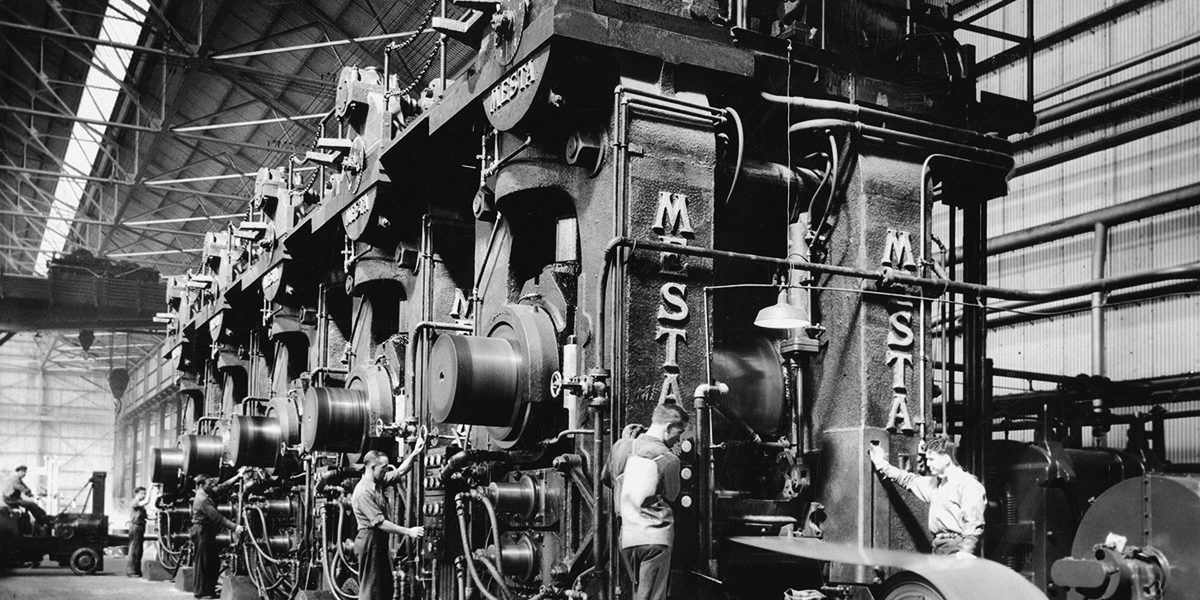Business & Development
Then and Now: Industry
For more than 300 years, the Port of Baltimore has been the center of industry for the state.
For more than 300 years, the Port of Baltimore has been the center of industry for the city and state. Linking with the first U.S. commercial railroad, the B&O, Baltimore became a major East Coast shipping and manufacturing center. Attracted by shipbuilding and manufacturing jobs, as well as the railroad, Locust Point became the third largest port of entry for European immigrants.
Steel Mills at Sparrows Point, 1937
Founded by the Pennsylvania Steel Company in 1889, and later bought by Bethlehem Steel, Sparrows Point was the world’s largest steel mill by the mid-20th century.
Beth Steel
Once home to tens of thousands of workers, Sparrows Point’s massive “L” blast furnace was shut down for good in 2012.
Domino Sugar
The landmark 1951 sign—and its 650 neon tubes—atop the still-operating 92-year-old Domino Sugar plant make it the second-largest field of neon on the East Coast.
McCormick Spice
Founded in 1889 by 25-year-old Willoughby McCormick, McCormick & Company, now based in Sparks, is the world’s largest spice maker.
Harbor Ships
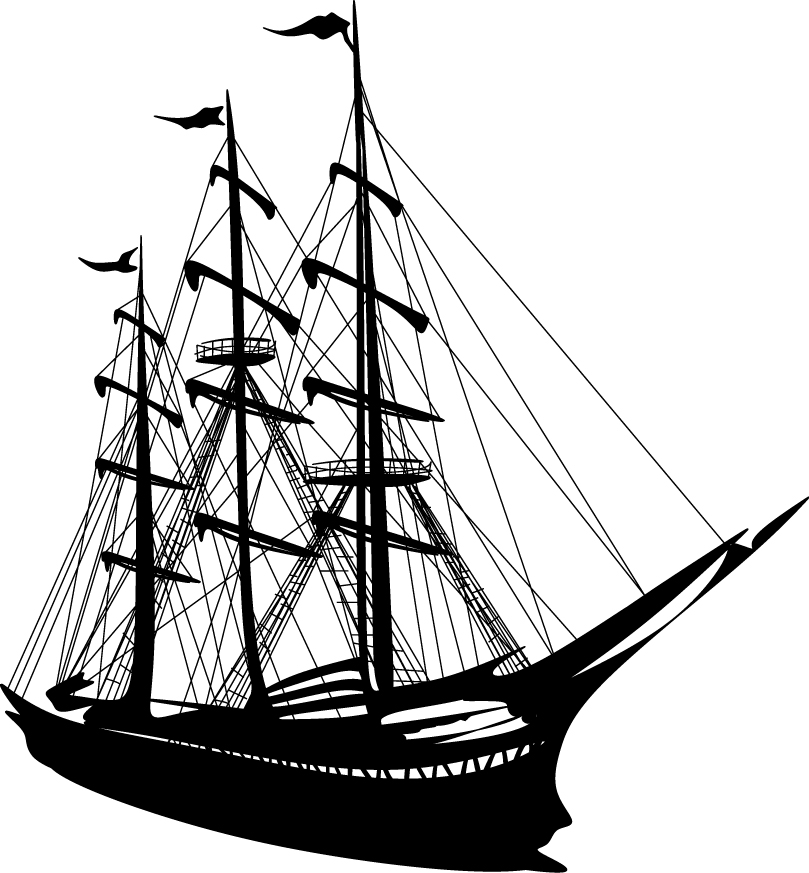

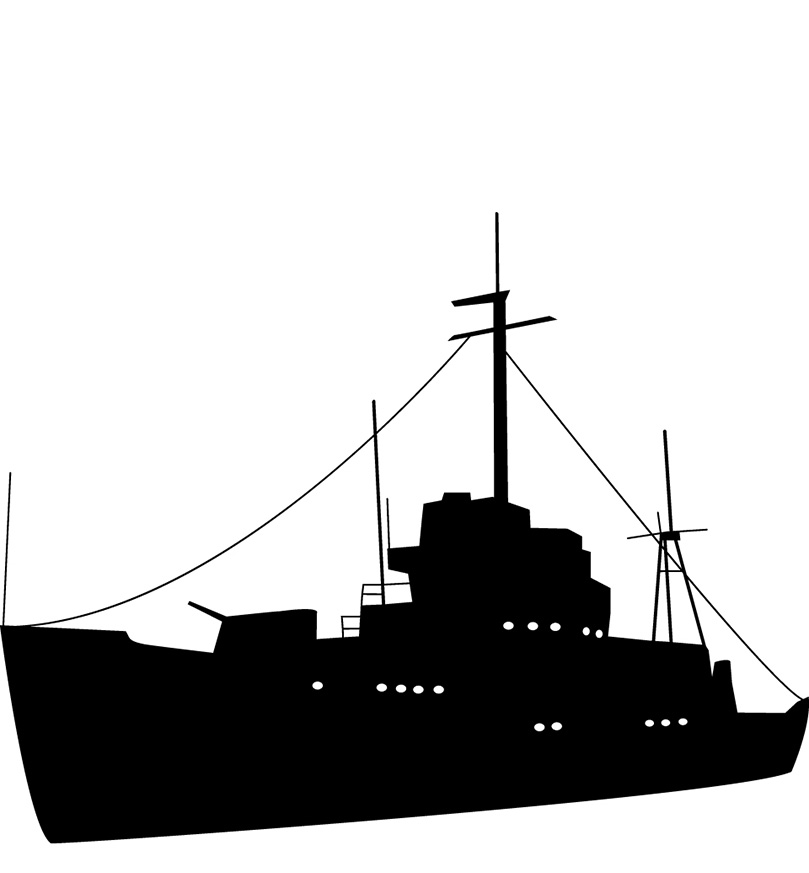
USS Constellation
Sloop-of-War
The first
Constellation, a frigate designed by naval constructors, was built at
the former Sterrett Shipyard in Baltimore, launching in 1797.
USS Torsk
Tench Class submarine
Deployed
to the Pacific and operating out of Pearl Harbor, the Torsk patrolled
off the coast of Japan in 1945. It arrived in Baltimore to serve as a
museum and memorial in 1972.
USCGC Taney
Coast Guard Cutter
For more
than a century, Baltimore’s Hawkins Point has served as the sole
shipbuilding and major repair facility for the U.S. Coast Guard Yard.
Platt & Co. Oyster
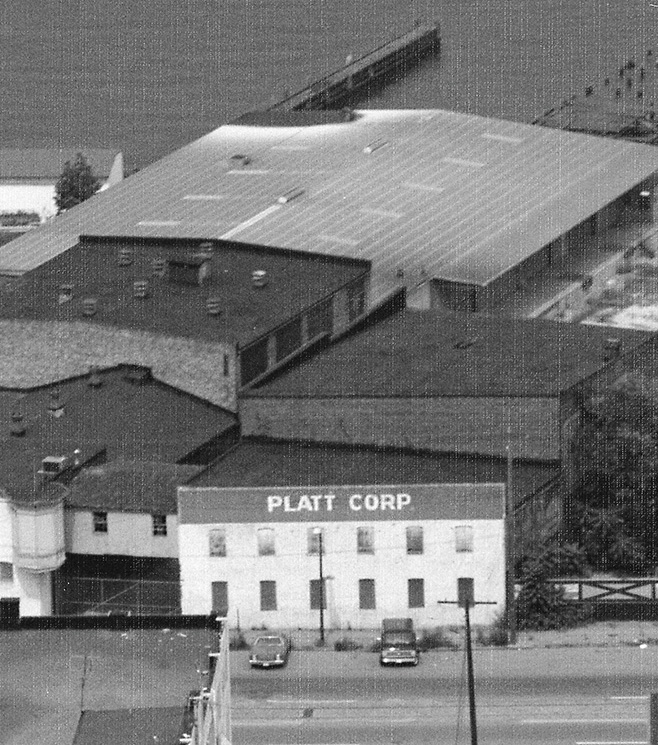
c. 1970s
Photos courtesy of The Baltimore Museum of Industry

c. 2009
Tide Point
Once a major entry point for immigrants, Tide Point was more recently known as the site of a Procter & Gamble soap factory. It was reinvented again in 2000 and now houses the headquarters of Under Armour.
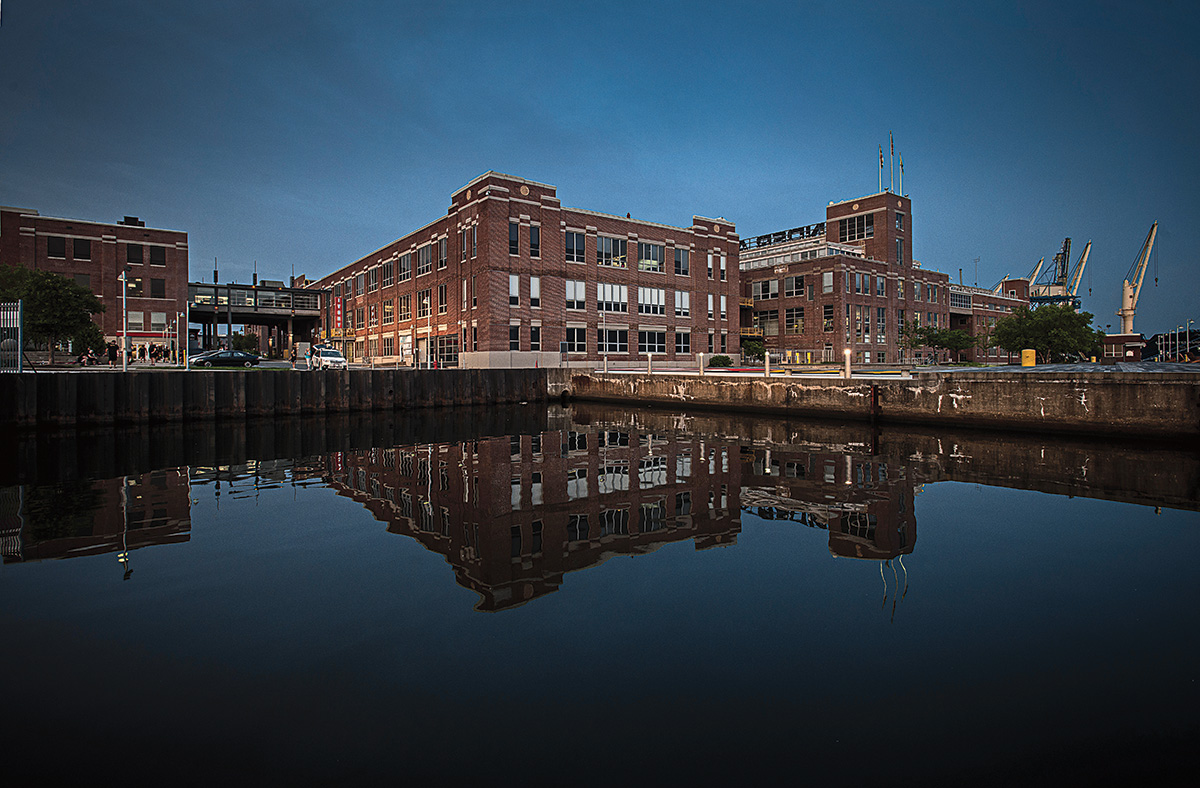
That was then, this is now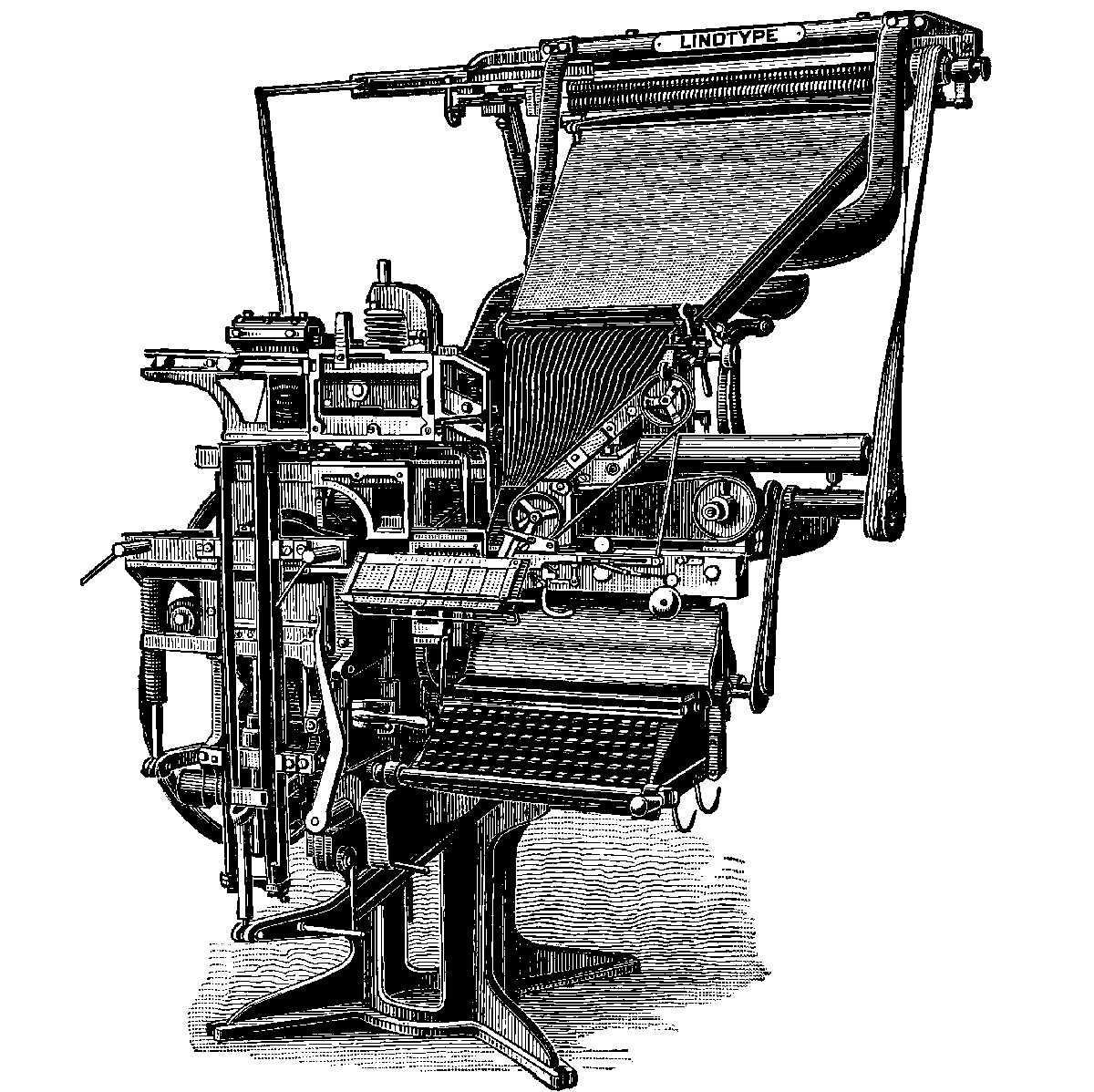
Linotype Machine
German-born inventor Ottmar Mergenthaler, a watchmaker who moved to Baltimore in the 1870s, was the brains behind the Linotype machine. Sometimes called the second Gutenberg, Mergenthaler devised a machine that could easily and quickly set complete lines of type for use in printing presses, revolutionizing the entire industry.
Memories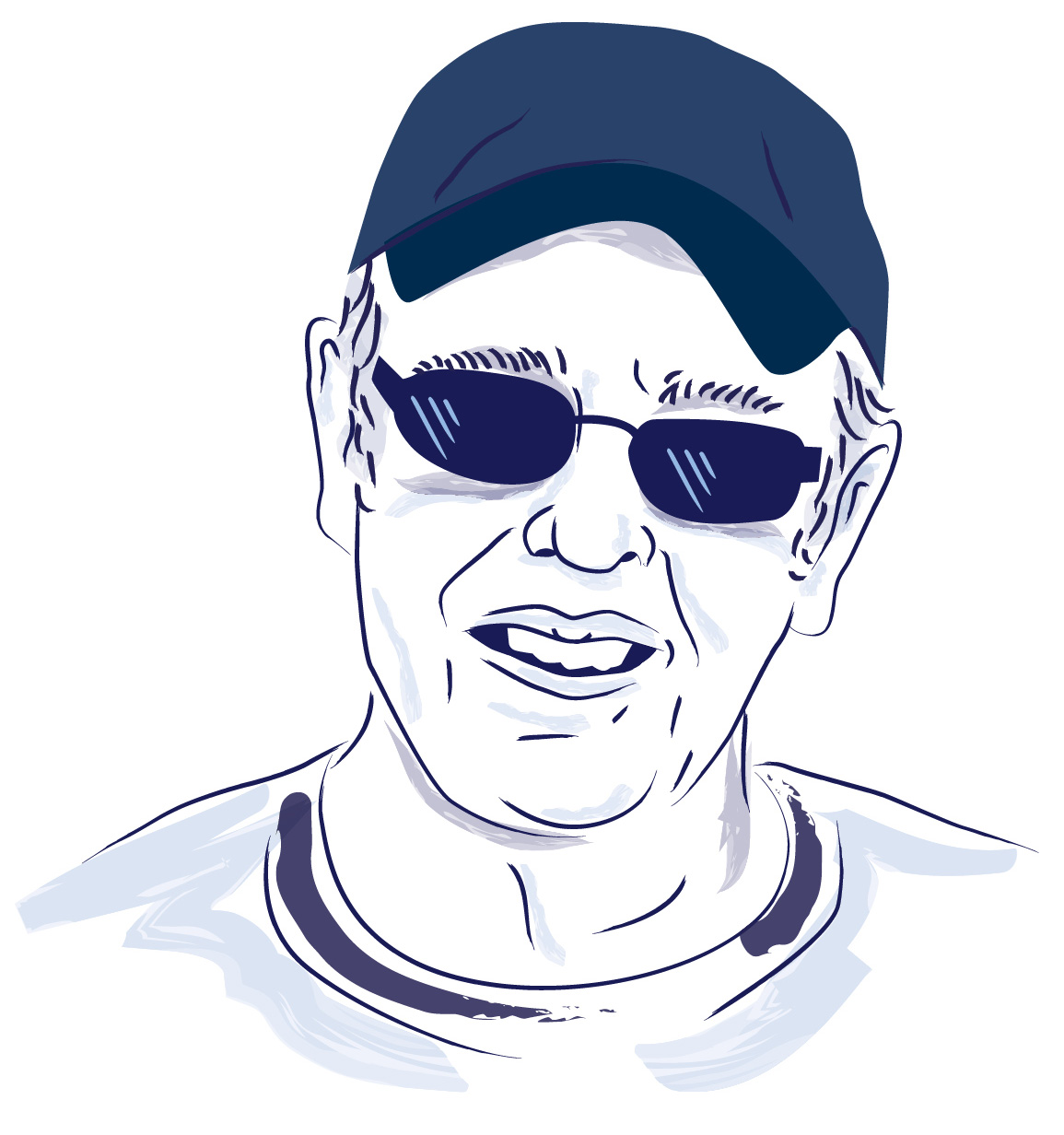
Lawrence Knachel, 70
Bethlehem Steel worker
“I started in an apprentice plumbers program in the shipyard out of high school in 1962. Worked there for 21 years. We made everything for the ships right there—we had a mill that made pipes, a mill that made nails, a mill that made steel plates. The camaraderie was really good. We had 27 softball teams then, and the shipping side played the steel side.”
Take Cover
Umbrella Capital
One of Baltimore’s nicknames is the “City of Firsts,” and almost 200 years ago, the first U.S. umbrella factory opened here. According to a commonly told story, the first umbrella in America arrived in Charm City in 1772 from India—where they were used to block the sun—ultimately setting Baltimore on course to become the umbrella-manufacturing capital of the world in its garment-district heyday. Later known as the Beehler Umbrella Company, the Beehler Umbrella House was established here in 1828 by German immigrant Francis Beehler.
This is now
Industrial Revolution
2014
By the 1820s, Baltimore was the third-largest and fastest-growing city in the U.S. MICA, founded in 1826, was first named the Maryland Institute for the Promotion of the Mechanic Arts.

American Brewery
The American Brewery closed in 1973. Nonprofit Humanim restored it into its headquarters in 2005.
Photo by Patrick Ross Photography
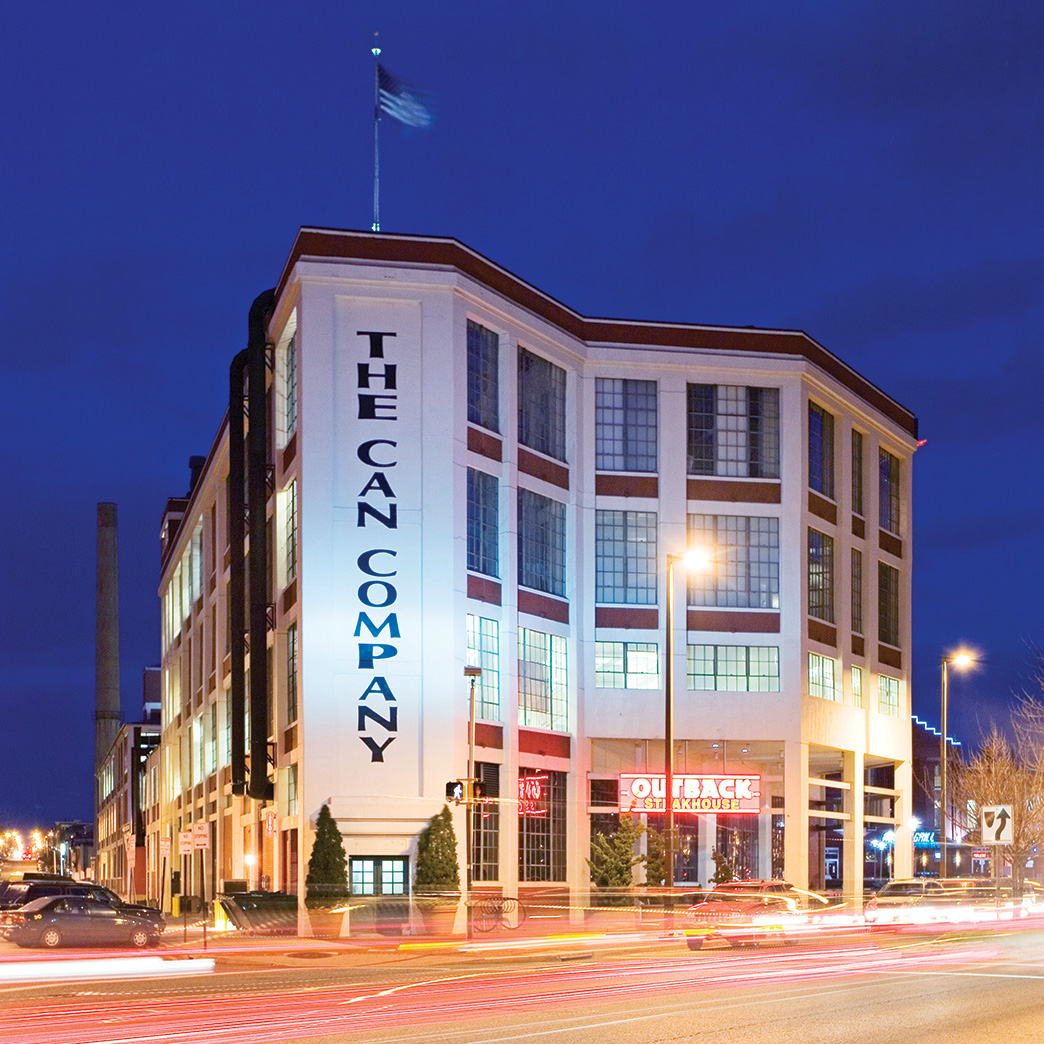
Can Company
Founded in 1901, The American Can Company operated tin-can plants in more than a dozen cities, including one here in Canton.
Photo by Patrick Ross Photography

E. J. Codd
Starting in the 1850s, E. J. Codd manufactured boilers at its three-building site, now home to offices and restaurants in modern-day Harbor East.
Photo by David Colwell
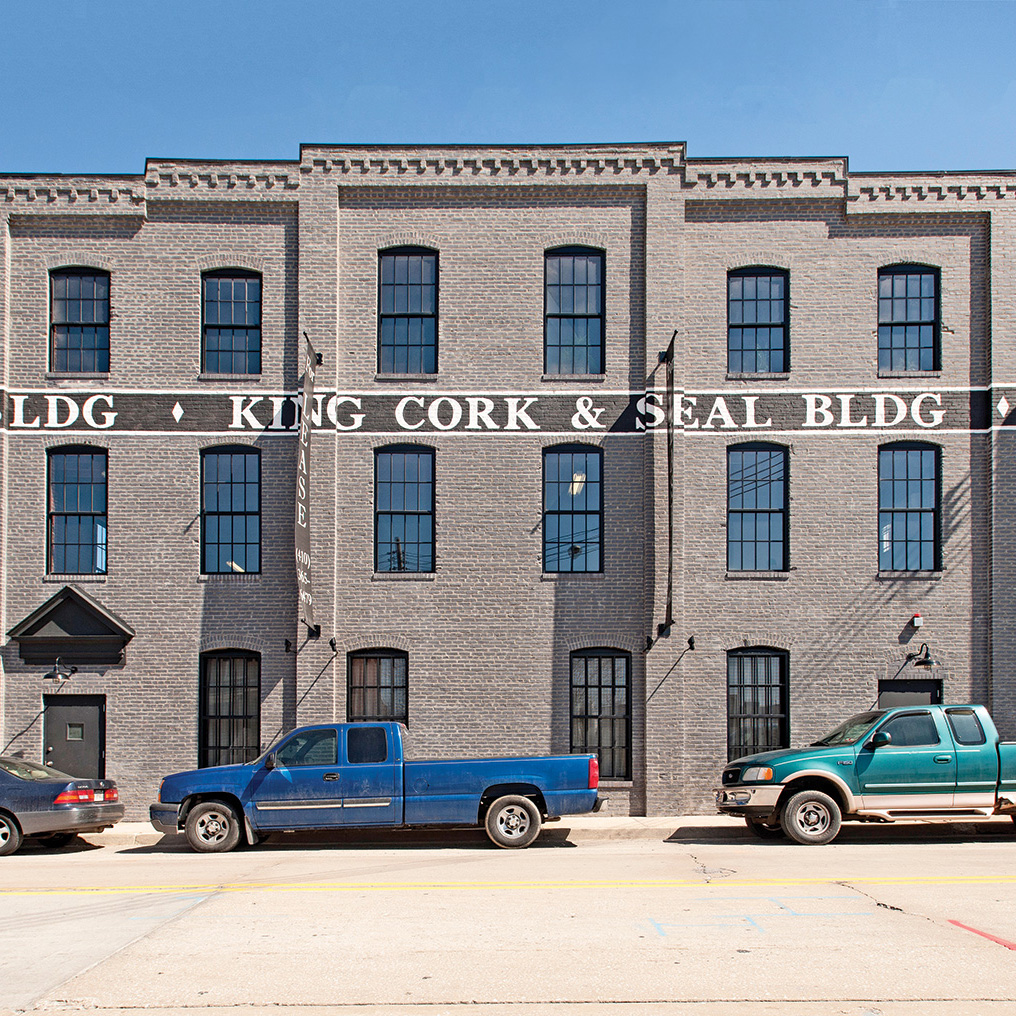
Cork & Seal
The century-old King Cork & Seal building on North Haven Street now serves the Emerging Technology Center, a tech incubator for startup-minded entrepreneurs.
Photo by David Colwell
